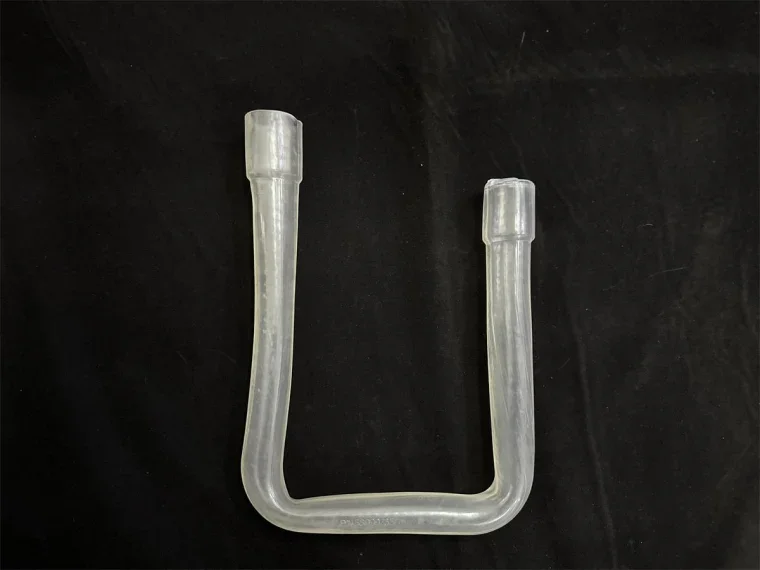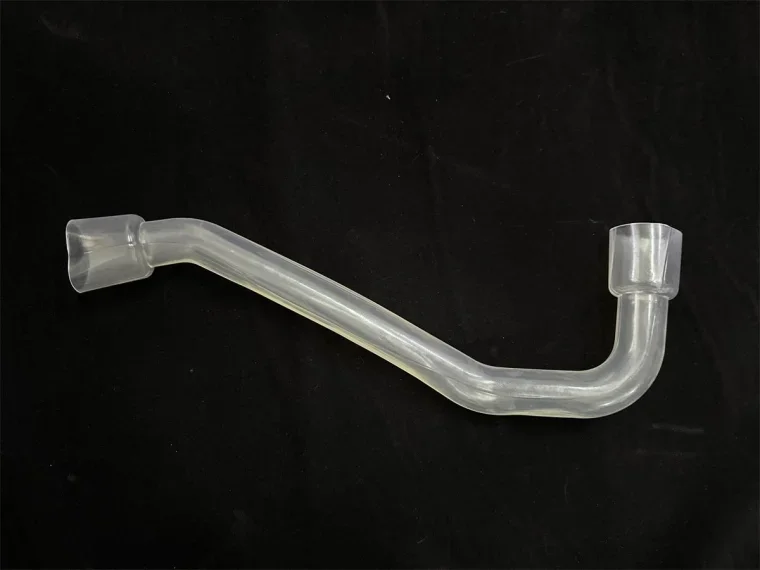Discover the versatile world of PVC hoses, a modern solution with roots dating back to the early 1920s. From irrigation to plumbing and beyond, PVC hoses are a staple in various industries due to their durability and flexibility. This blog post delves into the benefits, applications, and maintenance tips for PVC hoses, offering valuable insights for both professionals and DIY enthusiasts.
Overview of Heavy-Duty PVC Hoses
Construction Features
Heavy-duty PVC hoses are designed with durable fittings and reinforced materials, making them ideal for demanding applications. These hoses typically consist of multiple layers, including an inner tube, reinforcement layer, and outer cover. The inner tube is usually made of PVC, providing flexibility and smooth flow for various liquids or gases. The reinforcement layer, commonly constructed from high-strength synthetic fibers, enhances the hose's strength and pressure resistance. Finally, the outer cover shields the hose from external damage, ensuring longevity and durability.
Benefits for Ventilation Applications
Reinforced hoses offer significant advantages when used for ventilation purposes. The added strength provided by the reinforcement layer allows these hoses to withstand high air pressure and maintain structural integrity under challenging conditions. This makes heavy-duty PVC hoses a reliable choice for industrial ventilation systems, where consistent airflow is crucial for operational efficiency and safety.
Importance of Abrasion and Chemical Resistance
In environments where hoses are exposed to abrasive materials or harsh chemicals, abrasion and chemical resistance are paramount. Heavy-duty PVC hoses excel in such scenarios due to their ability to resist wear caused by friction or contact with abrasive substances. Moreover, their resistance to a wide range of chemicals ensures compatibility with various liquids and gases without compromising performance or integrity.

Key Features and Specifications
Size Range and Maximum Length Options
-
PVC hoses are available in various sizes, ranging from 1/4 inch to 2 inches in diameter.
-
The maximum length options typically vary based on the diameter, with common lengths being 25 feet, 50 feet, and 100 feet.
Temperature Range and Wall Thickness Significance
-
The temperature range of PVC hoses is crucial for their performance; they can withstand temperatures from -10掳F to 150掳F.
-
Wall thickness plays a vital role in durability and pressure resistance; standard PVC hoses have a wall thickness ranging from 1/16 inch to 2 inches.
Blue Flame Retardant vs. Clear FDA Acceptable Hoses
-
Blue flame retardant hoses are designed to resist flames and high temperatures, making them ideal for applications involving welding or heat exposure.
-
On the other hand, clear FDA acceptable hoses are suitable for food and beverage industries, meeting strict FDA regulations for safe food handling.
Applications in Various Industries
Flame Retardant Properties
Various industries, including beverage and hazardous applications, benefit from PVC hoses with flame retardant properties. These hoses ensure safety by minimizing the risk of fire hazards.
Food Grade and Pharmaceutical Applications
PVC hoses are extensively used in beverage applications, such as in food grade and pharmaceutical industries. They provide a safe and hygienic solution for transporting liquids without compromising quality.
Granule Transport and Bulk Material Handling
In industries requiring materials flame retardant granule transport, PVC hoses play a crucial role. They facilitate the efficient movement of granules and bulk materials, ensuring smooth operations.
Choosing the Right PVC Hose
Application Type
Consider specific needs based on the application type and environmental conditions. Assess whether you require a clear PVC hose for visibility or a flex PVC hose for maneuverability.
Select a hose that is suitable for your intended use, whether it's for a home garden hose, DIY PVC pipe sprinklers, or a custom PVC pipe irrigation system.
Style Comparison
Compare the advantages of different styles, such as flame retardant hoses for safety or FDA compliant hoses for food-grade applications.
When choosing between PVC garden hose adapters or unique PVC adapters, evaluate the compatibility with your existing equipment and the ease of installation.
Technical Data Consultation
To make an informed decision, consult technical data provided by manufacturers for each type of PVC hose. Look into factors like size PVC connection and PVC parts to ensure compatibility with your system.
Ensure that the hose specifications meet your requirements, whether it's for fume removal, pvc water projects, or spring steel wire helix reinforcement for durability.

Maintenance Tips for Longevity
Inspection
Regularly inspect your PVC hose for wear and tear to ensure it functions optimally. Look out for cracks, leaks, or bulges that may indicate damage.
Cleaning Methods
Use mild soap and water to clean the hose thoroughly. Avoid harsh chemicals that could degrade the PVC material. Rinse it well and allow it to dry completely before storing.
Proper Storage
Store your PVC hose properly to prevent damage and prolong its lifespan. Coil it loosely in a cool, dry place away from direct sunlight or extreme temperatures.
Closing Thoughts
In conclusion, PVC hoses offer a versatile and durable solution for various industrial applications. Understanding the key features, specifications, and maintenance tips can help you choose the right PVC hose that suits your needs. Whether you are looking for a heavy-duty hose for construction sites or a flexible option for gardening, PVC hoses provide reliability and longevity.
Make sure to assess your requirements carefully, consider the application environment, and follow the maintenance guidelines to extend the lifespan of your PVC hose. By choosing the appropriate hose and maintaining it correctly, you can ensure efficient operations and cost-effective solutions for your projects. Invest in quality PVC hoses today to experience their benefits firsthand.